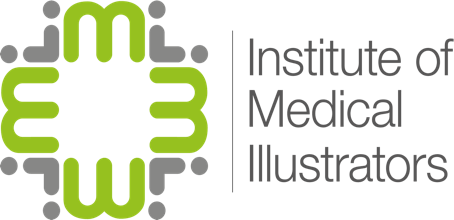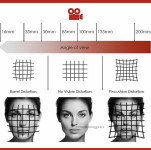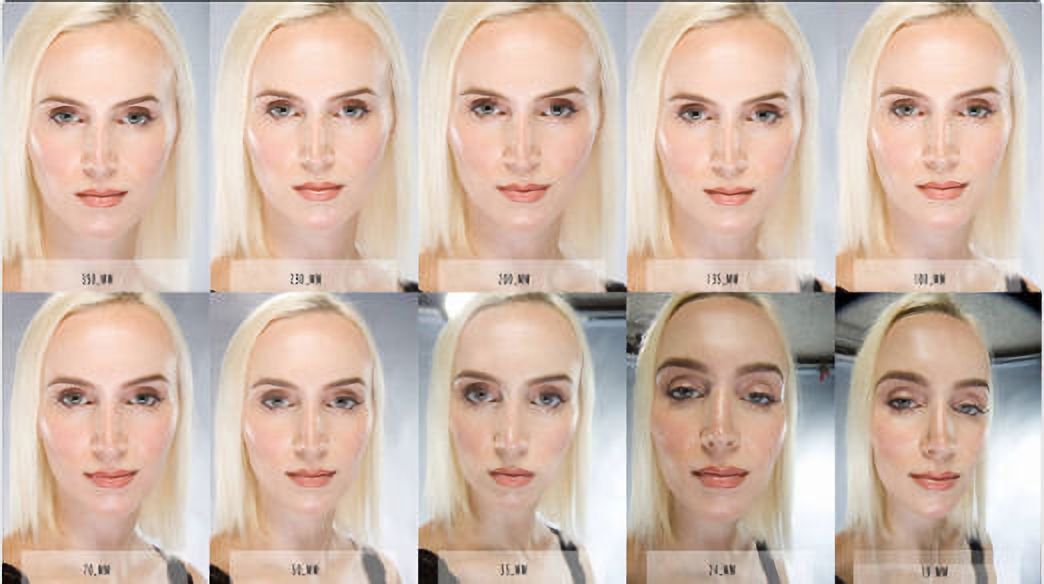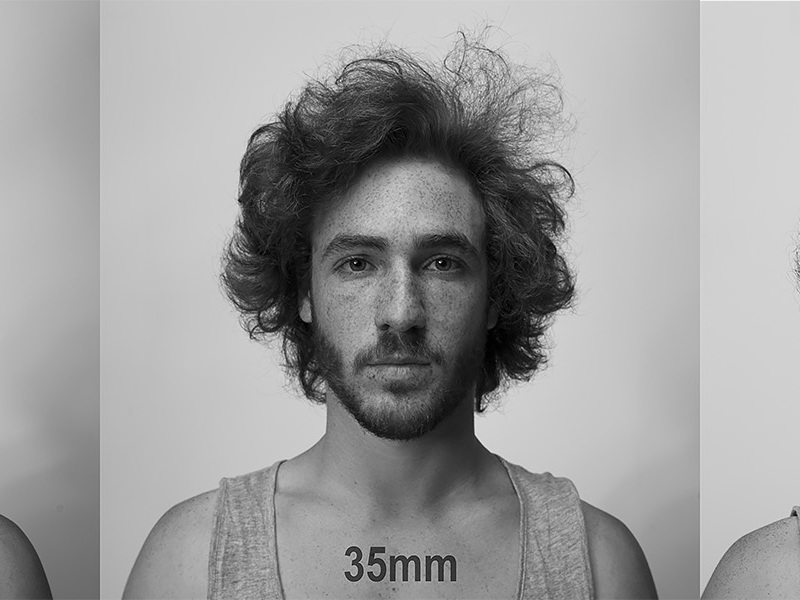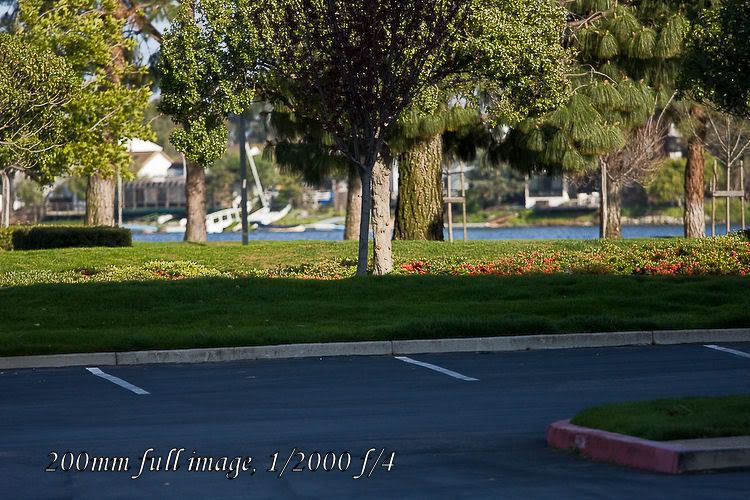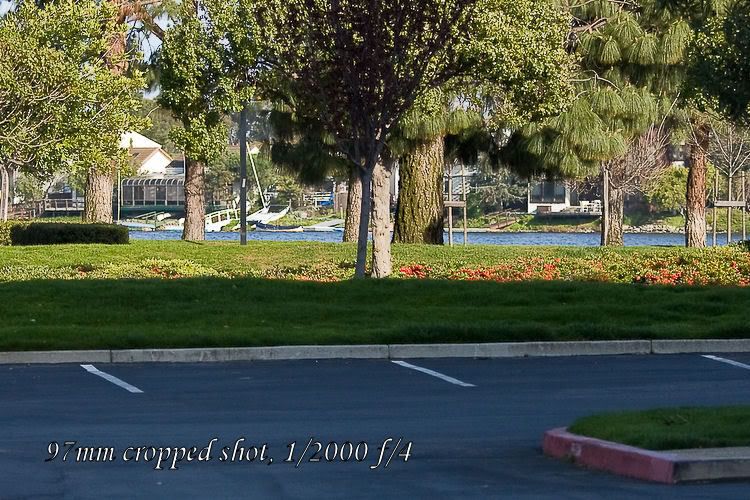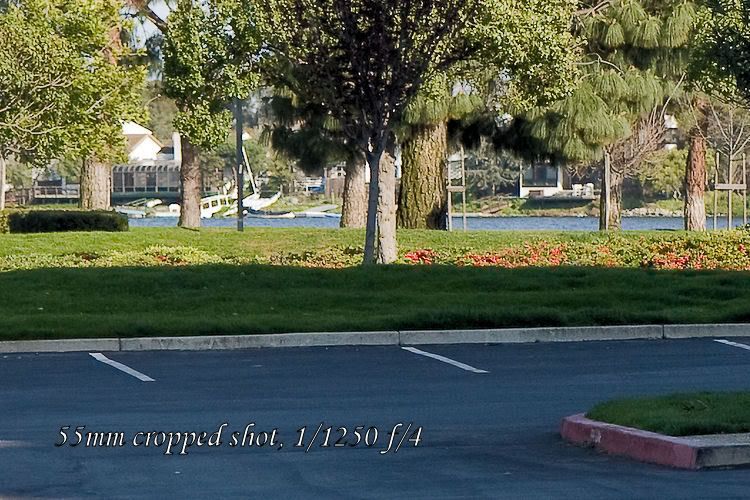along the lines of using a lens that gives the same perspective as the human eye. On 35mm this is 43mm, but as has already been pointed out to achieve the results you are after you would have to go right into your subject and the image becomes somewhat distorted. just the same as if you would invade someone's personal space. A lens in the 85-105 range at the sweet spot aperture wise may be the best option....
The difficulty of the expression 'same...as the human eye' is that 'perspective' -- the relationship of main subject to objects relative to subject position' -- are determined not at all by FL, but determined simply by the camera POSITION. Similarly the 'same perspective as human eye' is determined entirely by where the person is standing at a particular time! I took the same photo from one camera position using three different FL lenses, and cropped to the identical area during post processing, and the three crops had identical 'perspective'...proving it was NOT FL than provided the 'perspective'.
This was extracted from a post on another forum, many years ago
Below, I 'enlarged' the three shots during post processing, so that all the items (like trees) seen in the frame are similarly sized in all the photos. The point of this series is to illustrate that Focal Length has NOTHING to do with 'perspective', as perspective is only changed with camera position. In effect, the framing is affected with a change of FL without change of camera position, which is not changed for these three shots. Framing differences are neutralized via cropping the original shots (only the shot made with 200mm FL actually shows entire frame).
In effect, the framing is affected by a change of FL without change of camera position (framing difference neutralized via these crops of the original 97mm and 55mm shots)
Some past things posted on the web have claimed 'like a 50mm lens', but provide little substantiation for that specific FL value.
Some things posted on the web have tried to equate the eye's FOV, but the eye has good vision within only a narrow central cone, and ability to see words clearly to the right/left of the one eye that one fixes their vision to is very poor indeed! And the total FOV of the eye includes a wide swath of recogition only because of our familiarity with out surroundings, experienced over time, but I could not tell you speicificall by name what knickknacks my wife placed to the sides of our TV 3-5' to the side, if staring at the TV screen!
Just as the above three photos demonstrated 'same perspective' regardless of FL, the issue with trying to assess identitiy by relative positions is the face is 'distorted' by camera position (as illustrated in post 18) and one set of measurements taken from a flat 2D rendition of the face is only accurate at ONE camera position...FL used only alters how loose or tight we are framed on the face.


